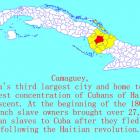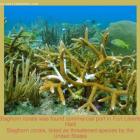ADVERTISEMENT
Agriculture
The production of Sisal in Haiti
Here is a picture of a Sisal Plant Factory in Port-au-Prince, Haiti in 1950.This sisal plan was built to produce fiber for the United States, Department of Defense Sisal is used for a variety of materials such as furniture, construction, cars, plastics and paper products.
Sisal is a stiffer fiber stripped from the leaves of the Mexican agave plant which is spun into a yarn-like material. The sisal fiber is traditionally used for rope and twine, but has many other uses like paper, cloth, footwear, hats, bags, carpets, and dart boards. Its strongest natural fibers make it incredibly durable. Sisal rugs are the best fit for high-traffic areas in the home because of its strength, durability, ability to stretch, affinity for certain dyestuffs, and resistance to deterioration in saltwater in places like hallways and entryways. Sisal is also used in low-cost and specialty paper, mattresses, wire rope cores, filters, buffing cloth, geotextiles carpets, handicrafts, and Macramé. Sisal's natural creamy white hue can be dyed any color to suit your interior design scheme. The fibers from the leaves can be used in their coarse, raw state which is more inflexible or can be blended with other fibers, such as wool, to produce a softer material.
Agave Sisalana is a succulent plant closely related to the plant which brings us tequila. Since sisal is an agave, it can be distilled to make a tequila-like liquor. A sweetener is often extracted from its agave nectar (also called agave syrup) and used as an alternative to sugar in cooking. It grows in dry, desert climates such as the plains of Mexico and other parts of the New World. Dedicated sisal farms have been established, especially in Africa and Brazil. Sisal was used by the Aztecs and the Mayans to make crude fabrics and paper.
The plant is quite hardy and can grow year round in hot climates and even in arid or dry regions that are typically unsuitable for other crops. Its growth depends on the level of rainfall, the altitude, and the location. Its production cycle can be up to 12 years during which it can produce up to a total of 180 to 240 leaves for its growth and crop for this fiber can grow up to four tonnes per hectare. It can grow to upwards of 15 feet in height and can have numerous plants and baby plants linked with it. Sisal has been considered as an environmentally friendly strengthening agent to replace asbestos and fibreglass in composite materials in various uses including the automobile industry.
Haiti is one of the poorest countries in the Western Hemisphere where only 11.3% of the land is well suited for agriculture, where 14% people are unemployed and about 60% people live below the poverty line, the production of Sisal can play an important role in its economy. It could be a good means to generate income and bring the unemployed out of frustration.
Subsidized U.S. peanuts as humanitarian aid to Haiti
Here is an example of Subsidized U.S. food invading the Haitian market, peanuts as humanitarian aid to Haiti. April, 2016 - US plan to ship 500 metric tons of surplus American peanuts to help feed more than 140,000 malnourished schoolchildren in Haiti.
A recent announcement by the U.S administration to ship 500 metric tons of surplus peanuts to feed 140,000 malnourished Haitian schoolchildren has set off a fierce debate. People are divided in opinion whether such food aid is a humanitarian necessity or a counterproductive gesture. As per U.S Government statement, it is a humanitarian necessity, because, (a) about 30% of Haitian youngsters suffer from chronic malnutrition; (b) following a three-year drought, Haiti is facing unprecedented food insecurity; (c) the donation will not have any noticeable impact as it represents only 1.4% of Haiti's average annual peanut production. It will not make any difference to the economy, but would improve the diets of the most vulnerable children attending schools. In spite of a complicated relationship with the foreign donors, the U.S. has long been the largest donor of foreign aid that Haiti is dependent on. Peanut contribution is a minuscule addition to the billion dollar U.S assistance. However, as per Haitian economist and activist Camille Chalmers, it is a U.S attempt of drawing down stockpile and benefiting American agribusiness.
Wilson Laleau and Agribusiness program
Here is Minister of Economy and Finance Wilson Laleau - New program "Agribusiness"
Some of the responsible positions that Hon. Wilson Laleau had served in the past, include: Minister of the Economy and Finance, Haiti, Governor at Inter-American Development Bank and Governor at The Caribbean Development Bank. He was the Minister of Economy and Finance during the presidency of former President Martelly. As a minister, he initiated a support program for Small and Medium Enterprises (SMEs) in agriculture and agribusiness sector to improve and increase productivity. A funds named ' Industry Development Fund (IDF)' with an amount of 1 billion 200 million gourdes was created to provide loans to agricultural companies fulfilling certain eligible criteria. Under the program, an aspiring beneficiary to the fund must hold a standard unit of land covering an area of 10 hectares or about 12 tiles-- the land could be owned by a single beneficiary or jointly by several land owners which could be construed as one single unit.
Haiti one of top ten world producers of Mango
Haiti ranks among the top ten world producers of mango fruits and it is one of the main fruits grown in the country.
The Haitian mango francisque is one of the most popular varieties in the international markets and the only mango exported due to its compliance with USDA/APHIS certification requirements. Francisque Mango accounts for about 15% of the total mango production and many Haitian farmers grow this type of mango in the Central Plateau.
Francisque Mango is the main product variety marketed outside of the country. It receive world wide recognition and love. They are plump, juicy mangoes with lots of fruit on them. Once they are ripe, Francisque Mangos are soft with an orange or gold freckled skin. The have a rich, fresh, smooth, and distinct tropical flavor.
Francisque Mango is unique to Haiti. The Dominican Republic tried to implant these trees home, hoping to take advantage of its international reputation, it did not work for them. They have not been able to produce the variety that seems to exist only in Haiti due to difference in the regional climatic conditions.
What is Haitian Kombit or Kombite?
A method of agriculture frequent during the slavery period in Haiti which is still being in practice today. Kombit was used for several major crops including cotton, coffee, tobacco, indigo, and sugar plantations.
A Kombit is known as a rotating cooperative approach of farming which is totally different that the current practice of working for a paycheck. Planting and harvesting, usually done by the community and there is no exchange of money involved.
Haitian Kombit, a method of working the land
This is a farming method that was popular during the slavery period in Saint Domingue, now known as Haiti. What is exactly the Haitian Kombit? It was the perfected method of working the land during slavery, It is called a rotating cooperative approach to planting and harvesting. This method is still being used in many regions in Haiti today
Replacement of native Haitian rice with cheaper US imports
Something that both the Haitian government and President Bill Clinton come to regret. In 1993, U.S. President Bill Clinton encouraged Haitian President Jean-Bertrand Aristide to drop all protective tariffs and allow US to export rice to Haiti.
This so called aids to Haiti does nothing to boost local food production capacity. In addition for a government to allow this without any long term plan to increase local production is irresponsible at least. This policy created a level of dependency and caused further decline in Haitian agriculture.
Is there any one looking out for the future of Haiti or is it just that everyone in a particular situation is trying to do what is best for themselves. Unfortunately, it's every man for himself.
Specialty Crop Vetiver Gives Growers a Fair Wage
Haiti is the leading producer of Vetiver in the world. It is reputable for its high quality vetiver oil that distinguishes itself as light, golden amber, and its fragrance is sweet, smooth and earthy.
Growers in Haiti in the towns of Massey, Faucault, and Bazelais produce a specialty crop, Vetiver. It is an essential oil used by French perfumer, Givaudau.
Givaudau and the growers formed a cooperative, Givaudau/Agri-Supply, so the delivery system for Vetiver could be modernized from the fields to the distillery. This meant repairing the road along which Vetiver is transported to the distillery. Benefits accruing to the growers are access to necessary services in the area.
Haitian Black Pig was the Haitian farmer investment
Here is a picture of the Creole Pig. the Haitian pigs was the way that most Haitian farmers invest for tomorrow.
Considered as a an investment, these pigs would be sold to send children to school, pay for wedding or funerals.
Because maintenance was low, it was easy for a family to have a few Creole pigs in the neighborhood until the need arises to sell them.

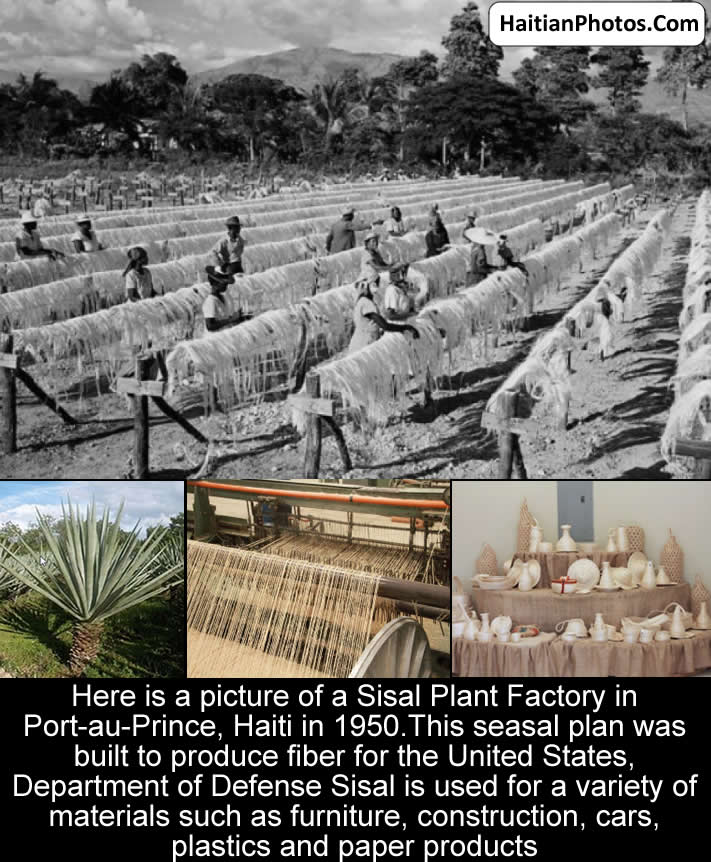
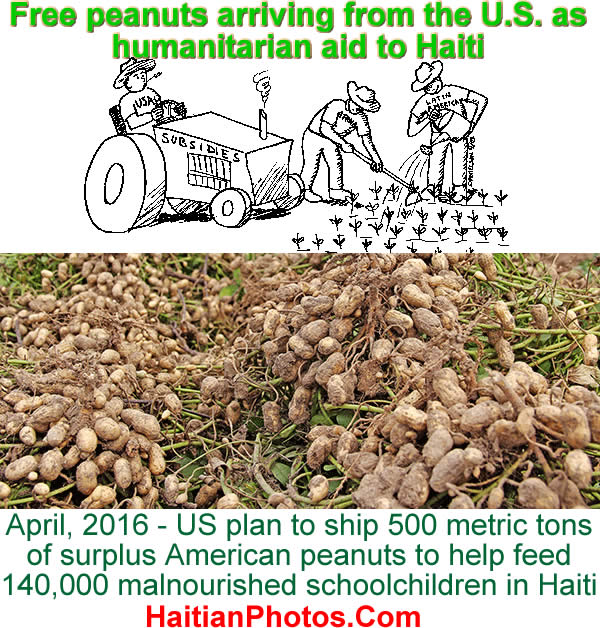

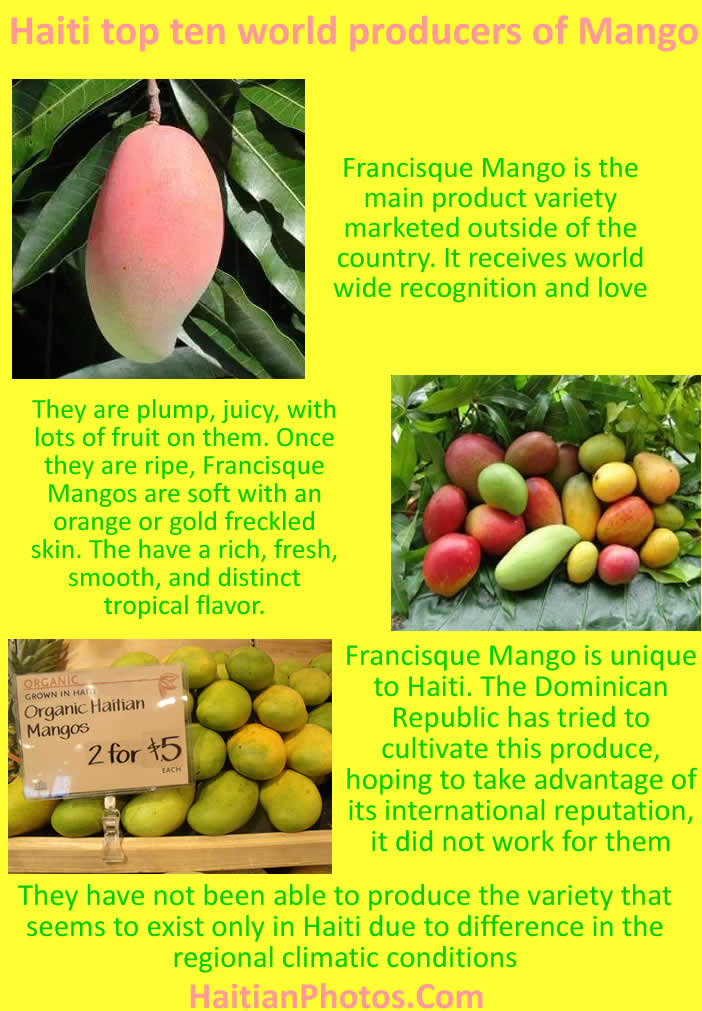
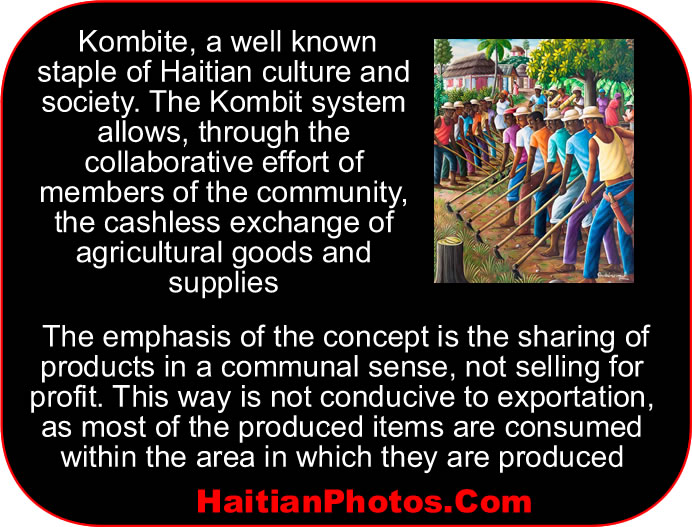
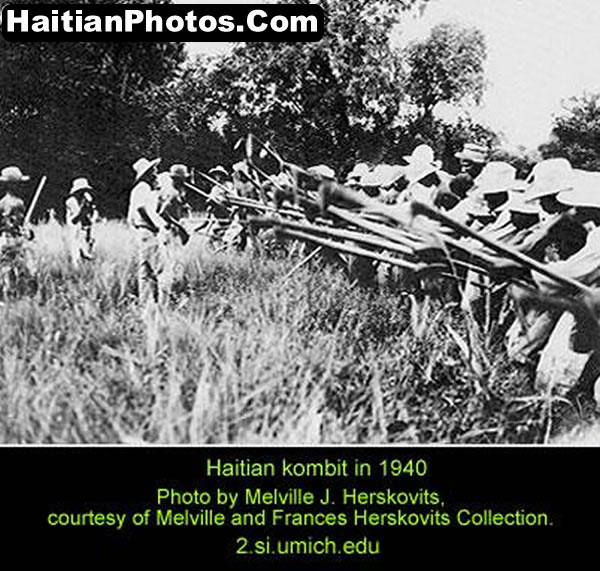
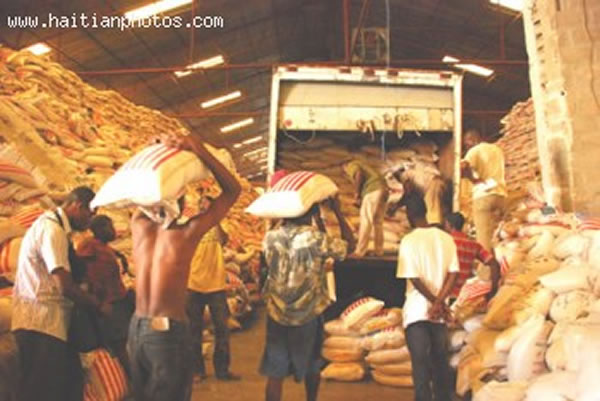
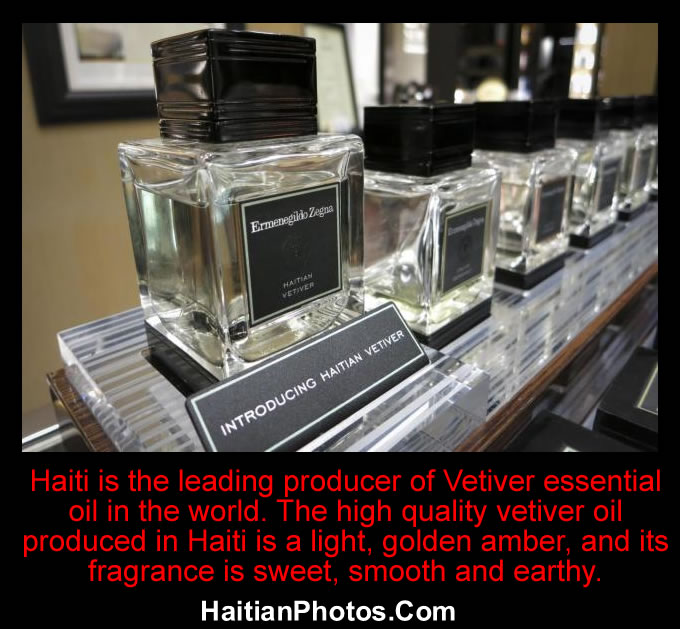
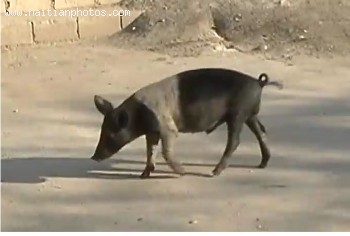
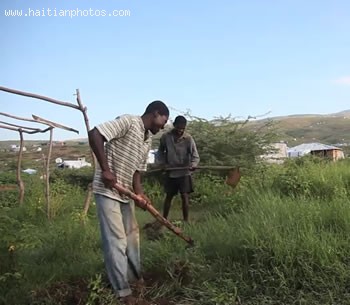
 Minister of Planification, Yves Germain JOSEPH
Minister of Planification, Yves Germain JOSEPH  Jounalis Phares Duverne mouri
Jounalis Phares Duverne mouri  A $800,000 Home occupied by Deputy Rony Celestin confiscated
A $800,000 Home occupied by Deputy Rony Celestin confiscated  Dr. Henri Ford, First Haitian Dean At University of Miami Med...
Dr. Henri Ford, First Haitian Dean At University of Miami Med...  Dr. Michaëlle Amédée Gédéon is dead
Dr. Michaëlle Amédée Gédéon is dead  Pope Francis appointed Mgr. Launay Saturne Archbishop of...
Pope Francis appointed Mgr. Launay Saturne Archbishop of...  Haitians, the second largest black immigrant group in the US
Haitians, the second largest black immigrant group in the US 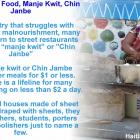 Haiti Street Food, manje kwit or Chin Janbe, for $1 or less
Haiti Street Food, manje kwit or Chin Janbe, for $1 or less 

